Don’t call it a headset. Don’t call it VR. Say hello to the world’s first spatial computer.
Tim Cook, CEO of Apple says that “augmented reality is a profound technology” and that Vision Pro is the launch of an entirely new platform. Apple Vision Pro blends digital content into your real world so seamlessly that Apple thinks Vision Pro is the future. In much the same way that Apple created a mass market for Personal Computing via the Macintosh, then reinvented Mobile Computing via the iPhone, their next act is to create a market for “Spatial Computing” via the Vision Pro.
The Vision Pro is a revolutionary spatial computer that seamlessly blends digital content with the physical world, while allowing users to stay present and connected to others. Vision Pro creates an infinite canvas for apps that scales beyond the boundaries of a traditional display and introduces a fully three-dimensional user interface controlled by the most natural and intuitive inputs possible — a user’s eyes, hands, and voice. Featuring visionOS, the world’s first spatial operating system, Vision Pro lets users interact with digital content in a way that feels like it is physically present in their space. The breakthrough design of Vision Pro features an ultra-high-resolution display system that packs 23 million pixels across two displays, and custom Apple silicon in a unique dual-chip design to ensure every experience feels like it’s taking place in front of the user’s eyes in real time.
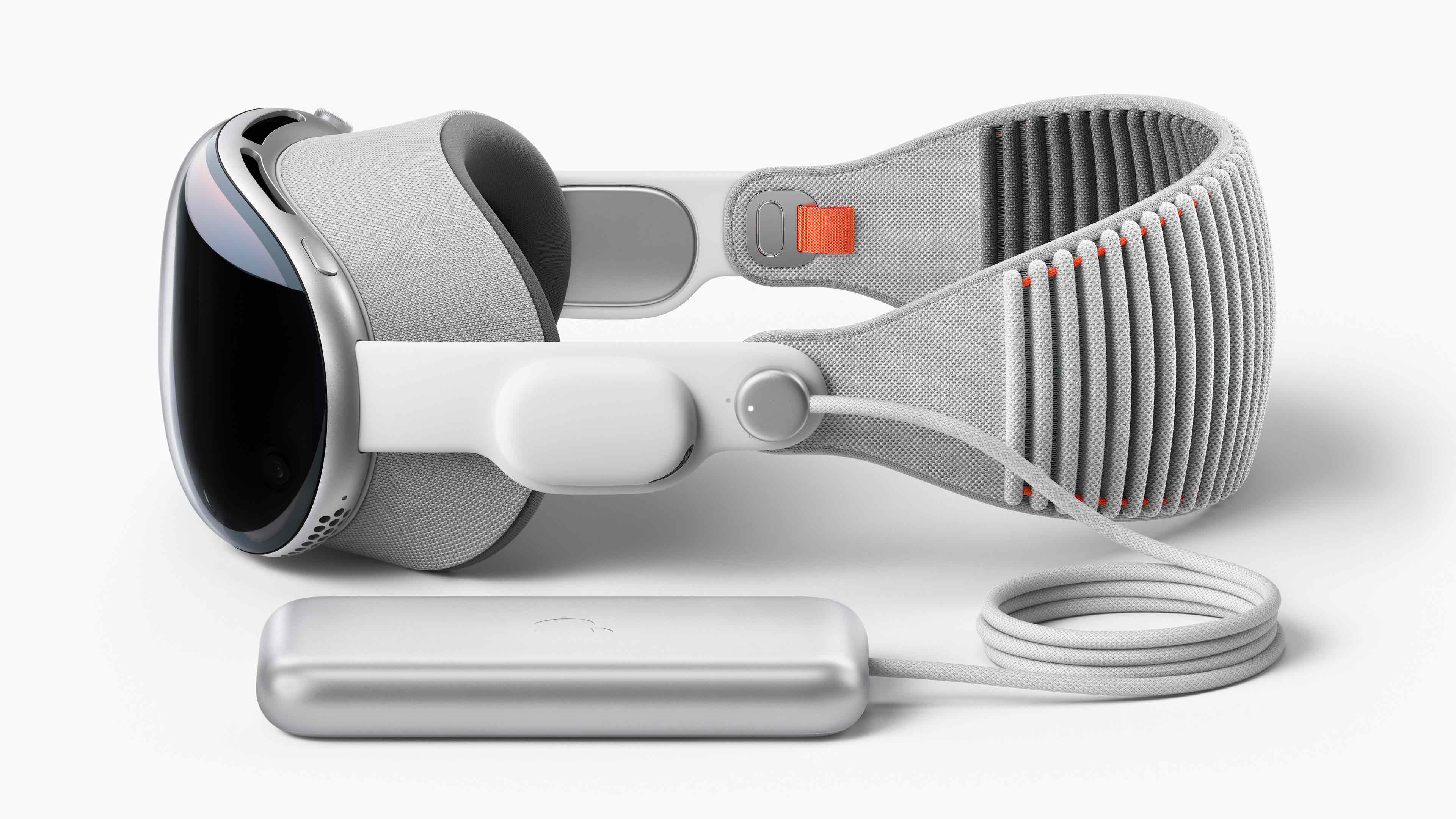
Some remarkable details first: this is the first Apple device you look through, where environments grow and expand beyond your physical space, using the Digital Crown (borrowed from the Apple Watch) to blend augmented and real physical worlds. There are no controllers, as users are expected to control Vision Pro with just their eyes, hands and voice. This means no haptic feedback and hopefully a very small learning curve.
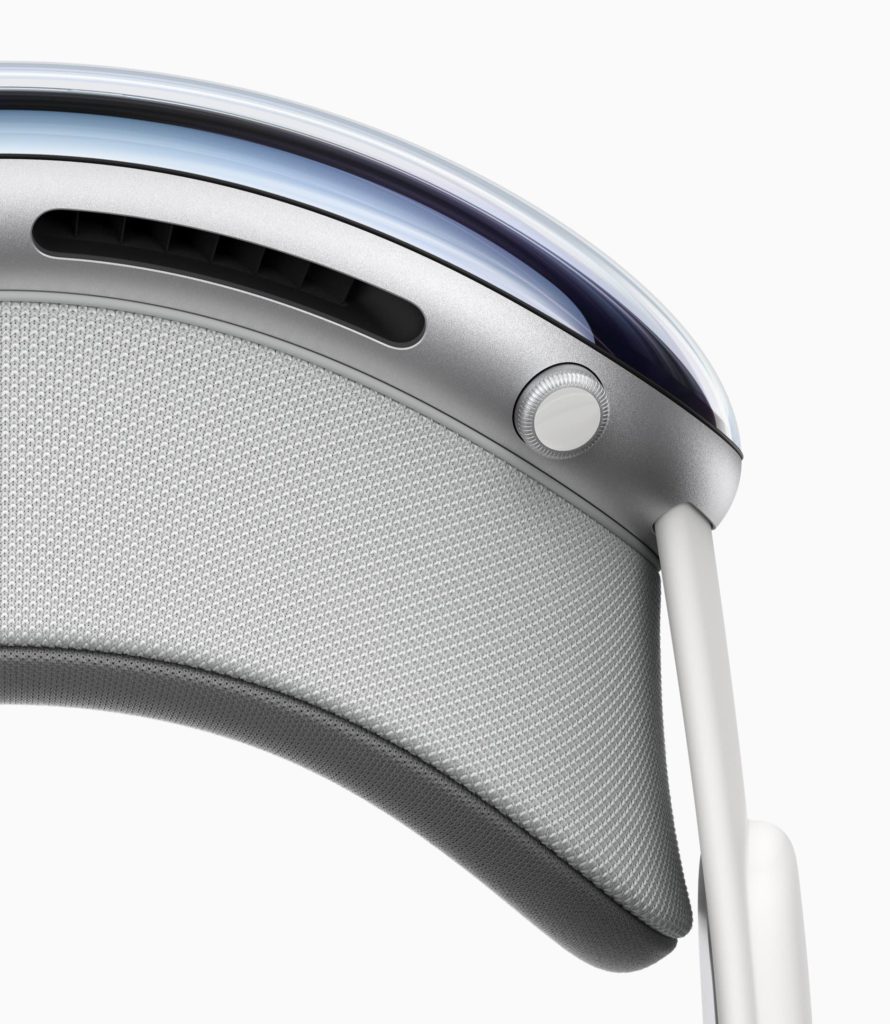
While other Vision Pro articles talk about what Apple hasn’t done yet, I would like to focus on what Apple did do: they seem to have solved the three major issues which have stopped other VR products in their tracks: namely isolation, motion sickness, and main use case.
Isolation: Solved
When wearing a typical VR headset, the user is essentially cut off from their physical surroundings. They become visually immersed in a virtual world (which is amazing in its own right) yet unable to see or interact with the real environment. This physical separation can create a feeling of isolation, as the user is essentially disconnected from the people and objects around them. When using VR, you need to wall yourself off from others – if only to ensure you are not disturbed during your session, but then what happens if someone means to do you harm? You have no idea.
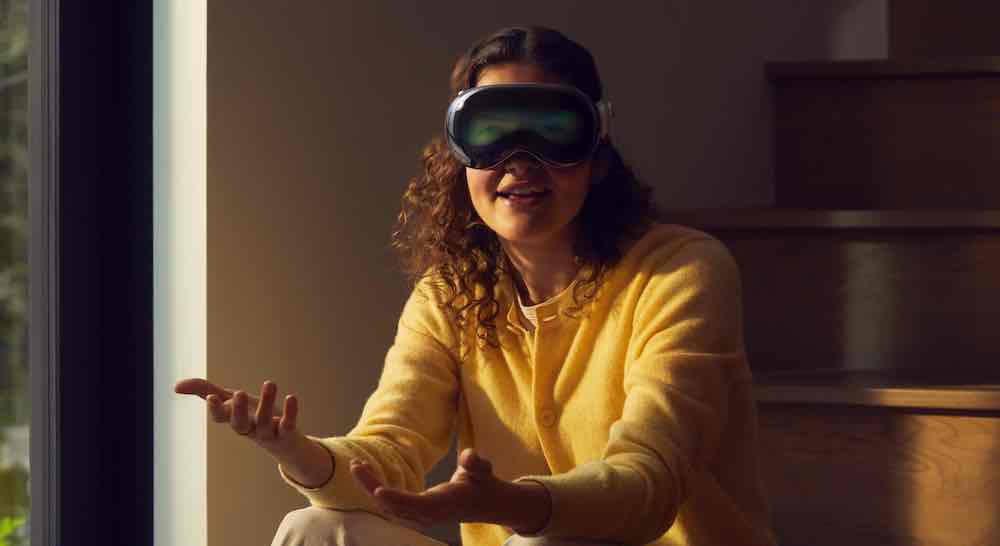
With Vision Pro, you are never isolated from people around you. Your own eyes are displayed on the outside of the device’s screen whenever someone is nearby using a feature called “EyeSight” so you always can see when a person is near you and vice versa. When a person approaches someone wearing Vision Pro, the device feels transparent — letting the user see them while also displaying the user’s eyes. When a user is immersed in an environment or using an app, EyeSight gives visual cues to others about what the user is focused on.
Motion Sickness: Solved
Motion sickness is a common issue that some people experience when using virtual reality systems. It occurs due to a conflict between the visual input from the VR headset and the body’s vestibular system, which is responsible for maintaining balance and spatial orientation, and I have experienced it using Playstation VR and Meta Quest VR rigs.
Motion sickness in these systems arise from a disconnect between what the eyes see and what the inner ear perceives. When the visual content in the VR environment suggests movement, but the vestibular system senses no corresponding physical motion, it can lead to sensory conflict. This mismatch can cause discomfort, nausea, and dizziness. In addition, low frame rates or high latency in VR systems can contribute to motion sickness. If there is a delay between the user’s head movements and the corresponding changes in the VR display, it can disrupt the visual-vestibular synchronization, leading to an increased likelihood of experiencing motion sickness. Finally, limited field of view and inadequate peripheral vision in some VR headsets can also contribute to motion sickness. When peripheral vision is restricted, it can disrupt the natural visual cues that the brain expects, further exacerbating the sensory conflict and increasing the chances of feeling unwell.
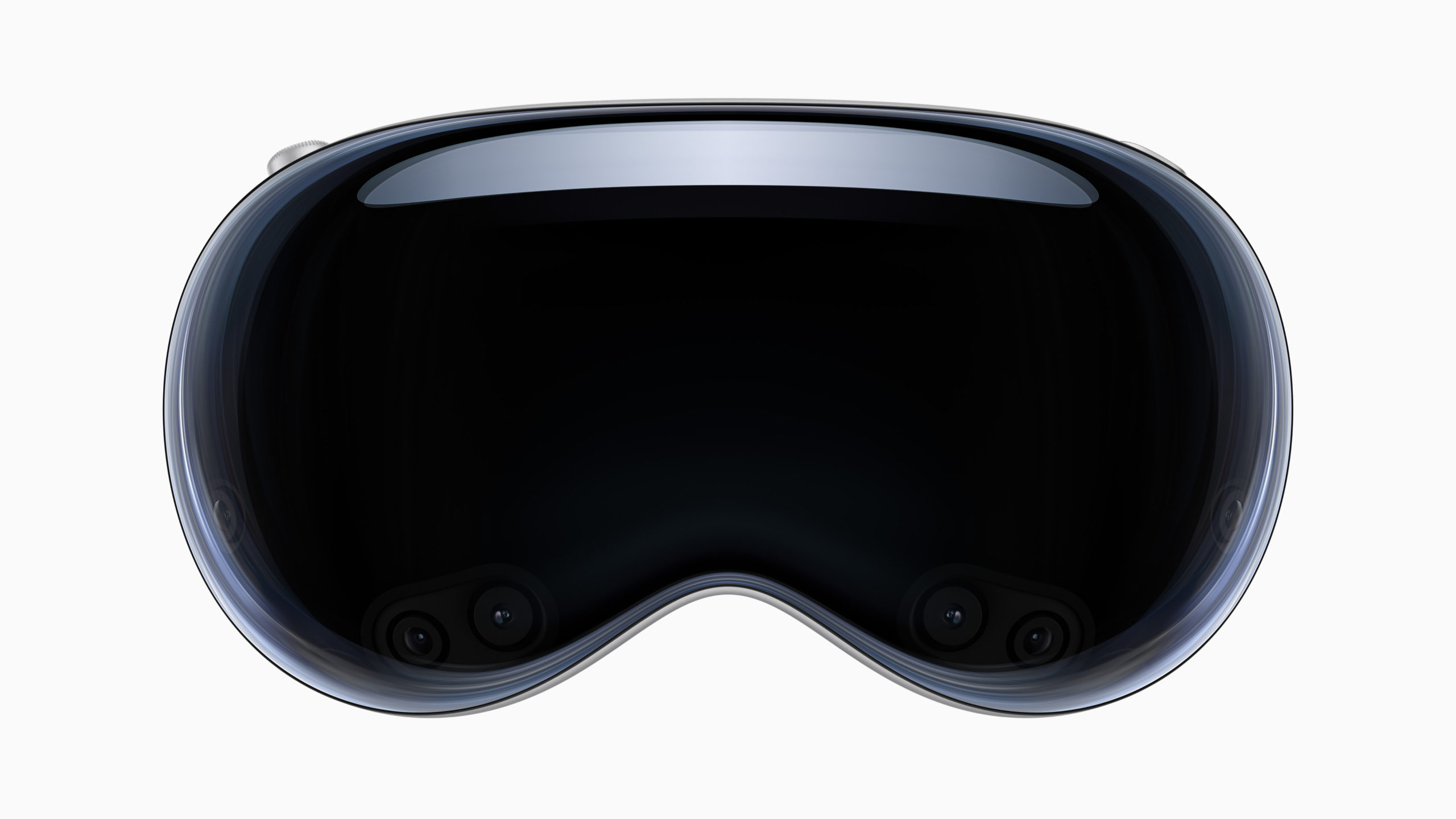
While not mentioning it during their keynote, I believe that Apple has invented new technologies specifically to solve motion sickness and produce a product that is more comfortable to use than any other. It starts with the same M2 Apple silicon chip as used in their highest end computers, which delivers unparalleled standalone performance, while a brand-new R1 chip processes input from 12 cameras, five sensors, and six microphones to ensure that content feels like it is appearing right in front of the user’s eyes, in real time. R1 streams new images to the displays within 12 milliseconds — 8x faster than the blink of an eye.
Use Case: Solved
Other than a few apps like Beat Saber or BigScreenVR, there has been a lack of compelling content on VR systems simply because the library of VR content is limited compared to traditional gaming or entertainment platforms. Apple solved this by integrating most of its well-known apps like Photos, Mail, Safari and FaceTime inside Vision Pro, while syncing with iCloud so all those apps can be used in VR or on a traditional device. And simply by looking at it, your MacBook screen magically appears in your Vision Pro home environment, capable of becoming the largest and highest resolution virtual screen you’ve ever owned. Apple may have inadvertently killed the market for its own $4,999 Pro Display XDR which remains a fixed, measly 32 inches (and doesn’t travel with you).
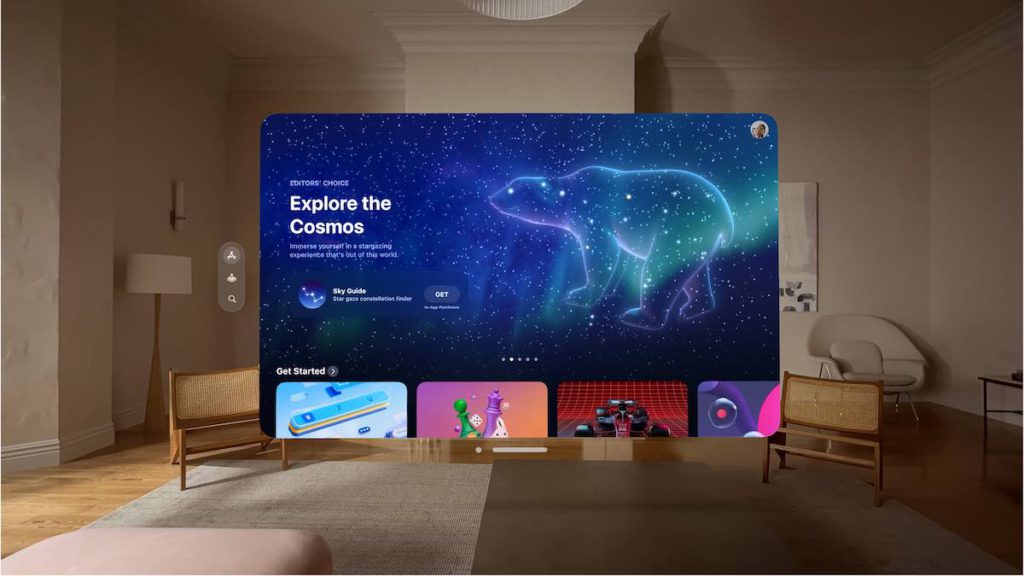
You can use Vision Pro to record 3D videos to capture and then relive a moment via spatial videos. Imagine going on vacation and beaming 3D videos to your grandparents who may feel they are there with you! And Spatial Cinema transforms any space by dimming the room or expanding up to a 100 foot wide simulated screen anywhere. Naturally, Apple TV+ content will be available, with purpose-built 3D content coming, along with Apple Arcade titles and Disney+ on Day One.
Final Thoughts
Now I know that $3,500 is a lot of money, but if Vision Pro can be comfortable while presenting a spectacular, OLED-powered 4K experience like Apple promises “No other device in the world that can provide this quality” then imagine what this will do for home theaters. Many enthusiasts spend 10x that amount to equip a home theater with a 4K projector, reflective screen and high end sound system that likely won’t be as impressive as Vision Pro – not to mention the new 3D content like Avatar which requires a trip to a real theater. I know that multiple people can experience movies on a fixed screen at once, but we know that Apple will eventually produce a less expensive “Apple Vision Air” version someday.
Vision Pro is the first standalone spatial computer so we haven’t begun to imagine the types of applications and experiences this new device will enable. It was remarkable how Apple did not talk about some of the augmented reality applications that will change our expectations for what computers will do, probably so they encourage developers to create that future with them. I will be first in line to experience this future of spatial computing and I can’t wait!
Hardware details:
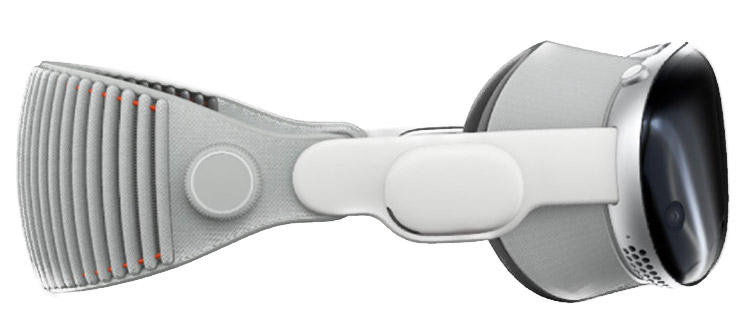
- The entire front is a single piece of 3D formed glass.
- Digital Crown + single button; front is machined out of single piece of aluminum.
- Textile parts are modular, and light shields are replaceable. Headband attaches with single clip and adjustment; Zeiss magnetic eyeglass adapters
- Designed to be “worn all day” but also has a separate 2-hour battery pack
- Invented new display package, micro OLED 23 million pixels across 2 displays each no bigger than postage stamp, with sophisticated 3 element lens, video rendered at 4k, with fine text viewable from any angle
- Spatial Audio through new audio pods, matches sound to room called audio raytracing, audio pods are right next to each
- LIDAR, external cameras, eye tracking IRs, way too much tech here to list, yet remains cool and quiet on M2 chip
- Brand new Apple chip R1 for real time sensor processing of 12 cameras, 5 sensors and 6 microphones. R1 eliminates lag and therefore prevents motion sickness.
- Curved OLED panel with lenticular lens that makes the outside of the display seem to represent your eyes and face.
- You enroll your face and it creates a natural representation of your own persona, with volume and depth, which then shows up in FaceTime, Teams and other video conference apps
- visionOS is a new OS based on iOS but designed for spatial computing and has specialized APIs to do things that didn’t exist yesterday. Apple filed over 5000 patent application for this product!
- Vision Pro using new OpticID (basically FaceID for your eyes) so your password is now your iris. And apps and websites can’t see where you are looking, which is data you clearly don’t share today using just a mouse.
Get in line (behind me) this product is going to be in short supply. Available next year and seems to require a “personalized fit” in an Apple store.
Good story!
We’re in line to get our on Launch Day, Feb 2, 2023. Updates soon!